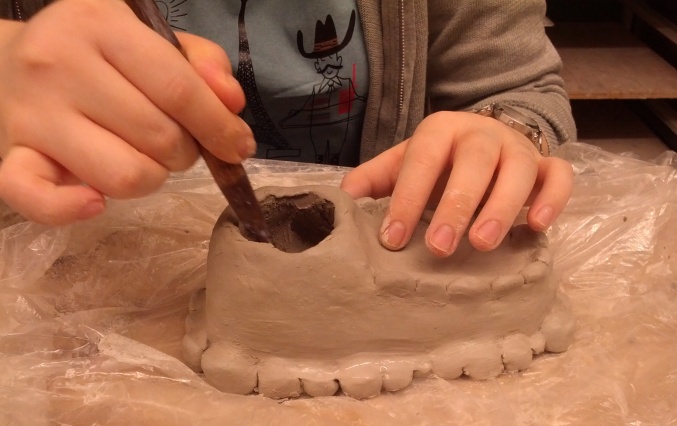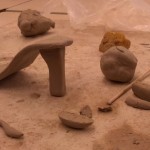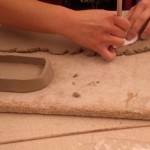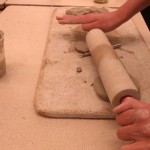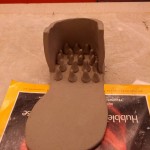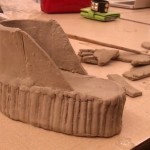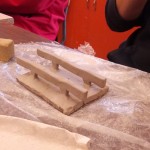
Today was my first full day of teaching and it also happened to be my midpoint meeting. The first two blocks were observed by my FA and I knew I had to be spot on. I tried my best to remind the students of what they needed to do and got impatient with them as they continued to stare at their phones. The first class went alright. They were a new bunch and I had come in like a foreigner without any pre-warning from the teacher. I feel that if the teacher told the class that they are expecting a student teacher, they wouldn’t be as uncomfortable. Maybe? They just aren’t familiar with me and that is fine because I am not familiar with them either. In any case, I am slowly learning their names and it helps tremendously.
The second block I was teaching photo. Half of the class was spent on examining the student’s homework while the other half was left for work. The discussion was good because the students were all engaged and interested in each other’s photos. I think it helped that they could play a guessing game as to whose photo was whose. They had good laughs and I asked some tough questions. Good answers were thrown out and I was pleased with their efforts. At the end of the class however, the students finished their photo interpretation worksheet rather early and they were left with about 15 minutes to spare. I told them that whoever finished must start to think about what they want to do for their final project. Most of them decided to do their own thing and it was difficult to control them. At the end of the class however, I managed to wring them all in and told them that I did not want to see the same themes repeated in their school photos. I am bored of the “relaxation” theme!
Lunch time brought on my midpoint meeting with my SA and FA. It turned out well overall but there are still areas where I could improve. These are:
1. Taking the temperature of the classroom; don’t force feed them information when they are clearly not engaged! Try another tactic to boost their energy.
2. Feeling more relaxed with the students. Talk with a more relaxed tone and focus on the students rather than plowing through the lesson plan.
3. Use more intonation in my voice. Apparently I can be quite monotone.
4. Assessment should be more about consistency rather than fairness. Identify the objectives and mark towards that for each person. Fairness in marking the ELLs and mainstream students is next to impossible.
5. Focus on reflection questions and always check for understanding. Slow down in my speech.
6. Praise the students more.
7. Be more aware of how the classroom environment affects the energy of the students and my ability to communicate with them.
8. Talk to the students more about their day; find different ways to connect with them one on one.
Endless list it seems but these are true. These are areas that I need to work on and will try to accomplish by the end of the practicum. I really need the spring break to figure things out and to relax. Most of all, I need to rest rest rest. These are good suggestions and I am very cognizant of the fact that I missed something or made mistakes in the things I said. I need to be kinder to myself and understand that there is much to learn and mistakes are to be had. I have grown though. The biggest thing from both my SA and FA was that I have a lot more confidence in myself as a teacher and as a role model. My tone of voice is stronger and I am less afraid to set stern consequences. My FA even said that she was surprised at how I progressed so quickly from a shy and meek teacher to one that was commanding the attention of the classroom. I believe that this comes with time but I truly worked hard at being a confident teacher.



